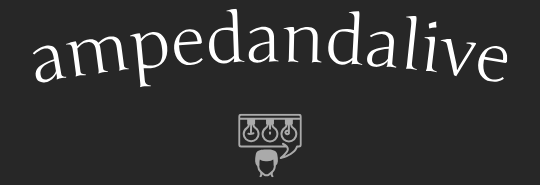Exploring the Depths of Abstract Expressionism
The Birth of a Movement
Abstract Expressionism, born in the mid-20th century, emerged as a radical departure from traditional artistic norms. Artists such as Jackson Pollock and Willem de Kooning paved the way for this movement, rejecting figurative representation in favor of spontaneous, emotive creations.
The Power of Gesture
At the heart of Abstract Expressionism lies the power of gesture. Artists embraced action painting, using their entire bodies to create sweeping, dynamic strokes across vast canvases. This physical engagement with the art form infused the paintings with a sense of raw emotion and energy.
Color as Emotion
In the world of Abstract Expressionism, color became a language of emotion. Vibrant hues clashed and merged, creating visual symphonies that spoke directly to the viewer’s soul. Artists like Mark Rothko explored the depths of color’s impact, evoking profound emotional responses with simple yet powerful palettes.
The Sublime and the Intangible
One of the defining characteristics of Abstract Expressionism is its ability to convey the sublime and the intangible. Works such as Barnett Newman’s “Vir Heroicus Sublimis” transport viewers to realms beyond the physical, inviting contemplation of the vastness of existence.
Breaking Boundaries
Abstract Expressionism shattered the boundaries of what art could be. It embraced spontaneity, improvisation, and the unfiltered expression of the artist’s innermost self. This freedom from convention opened doors to new possibilities in artistic creation.
The Legacy of Abstract Expressionism
The impact of Abstract Expressionism reverberates through the art world to this day. Its influence can be seen in subsequent movements such as Color Field painting and Action painting. The ethos of artistic freedom and emotional authenticity continues to inspire artists across the globe.
Realism: Capturing Life’s Intricacies
On the other end of the spectrum lies Realism, a genre devoted to depicting the world as it is, with meticulous attention to detail and accuracy. Artists like Gustave Courbet and Edward Hopper are masters of this form, creating paintings that seem to freeze moments of everyday life in time. From the wrinkles on a face to the play of light on a surface, Realism invites us to see the beauty and complexity of the ordinary.
Impressionism: A Glimpse of Transience
Impressionism, with its emphasis on capturing fleeting moments and the play of light, offers a glimpse into the ephemeral nature of existence. Artists such as Claude Monet and Edgar Degas often painted en plein air, immersing themselves in nature to capture its ever-changing essence. The loose brushwork and emphasis on atmosphere create paintings that feel alive, as if they are moments caught in a passing breeze.
Sculpting the Soul: Exploring Figurative Art
Figurative art, whether in painting or sculpture, is a celebration of the human form and the stories it holds. Sculptors like Auguste Rodin and Alberto Giacometti breathe life into clay and bronze, shaping figures that seem to pulse with emotion and movement. Through these sculptures, we encounter the joys, sorrows, and complexities of the human condition, immortalized in stone and metal.
Photorealism: The Illusion of Reality
Photorealism takes the art of painting to new heights, creating works that are so lifelike they could be mistaken for photographs. Artists like Chuck Close and Richard Estes meticulously render every detail, from the pores on a skin to the reflections in a glass window. The result is a hyper-realistic depiction of reality that challenges our perception and invites us to question what we see.
Each of these genres offers a unique perspective on the world and the human experience. Whether it’s the raw emotion of Abstract Expressionism, the precise observation of Realism, the fleeting moments of Impressionism, the soulful sculptures of Figurative Art, or the hyper-realism of Photorealism, visual arts continue to be a powerful medium for exploration and expression.
As we journey through these genres, we are reminded of the vastness of human creativity and the endless ways in which we can interpret and understand the world around us. So next time you stand before a painting or sculpture, take a moment to immerse yourself in its world, to feel its emotions, and to see the world through the eyes of the artist. Read more about a visual art

